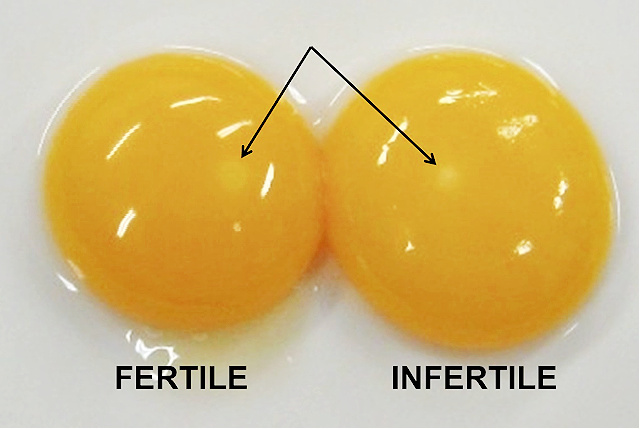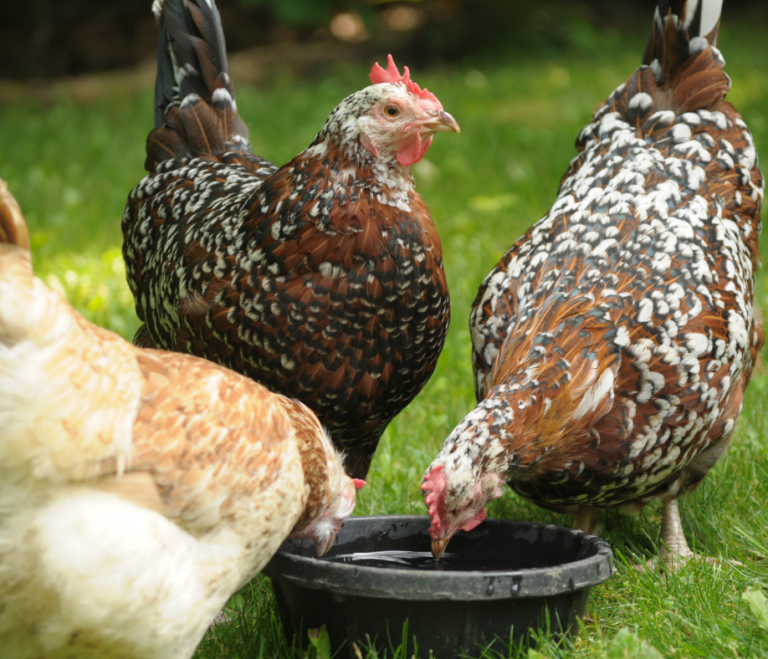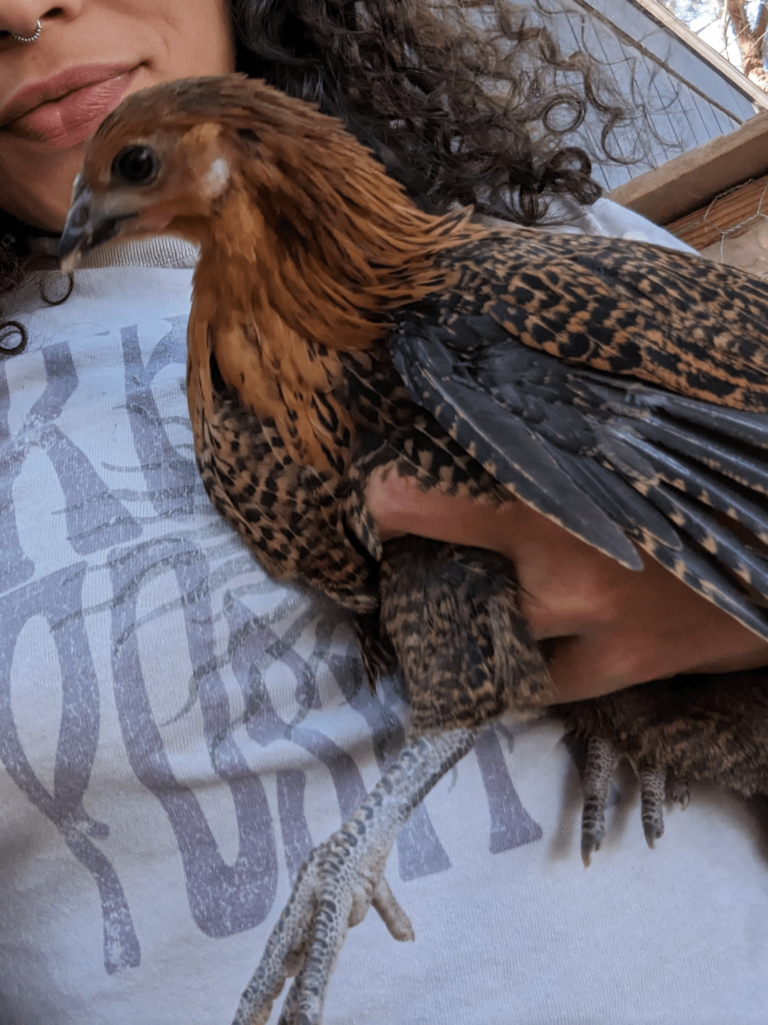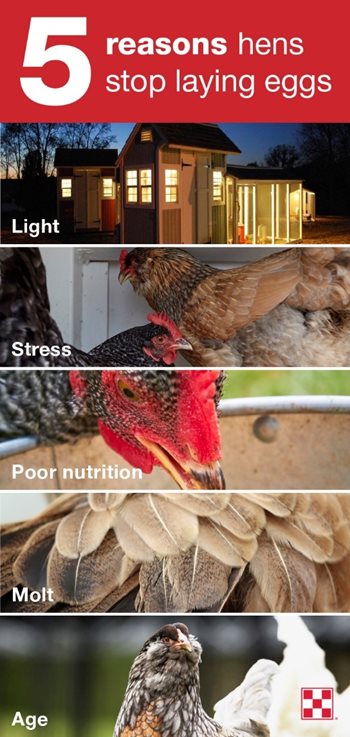To determine if a hen’s egg is fertilized, examine for a small white bull’s-eye on the yolk. This sperm spot signifies that fertilization has occurred.
Determining the fertilization of a hen’s egg is crucial for breeders and those interested in hatching chicks. A clear visual check can reveal the signs of fertilization, which occurs when a rooster has mated with the hen prior to the egg’s formation.
The presence of the tell-tale bull’s-eye mark on the egg yolk, visible through candling or after cracking the egg, is the definitive indicator of a fertilized egg. Ensuring the fertility of eggs is an essential task for those looking to raise poultry, as it lays the groundwork for successful incubation and chick development. Recognizing a fertilized egg also helps to separate those for consumption from those with the potential for new life, optimizing the process of egg collection on a farm or in a backyard setting.

Credit: www.fresheggsdaily.blog
The Basics Of Egg Fertilization
Raising chickens can be full of surprises, especially when it comes to eggs. A common question among poultry enthusiasts is how to tell if an egg is fertilized. Understanding the basics of egg fertilization is essential for those looking to hatch chicks or just curious about the process.
Hen And Rooster Mating Behavior
For an egg to be fertilized, a hen and a rooster must mate. This usually happens in a straightforward way:
- Roosters court hens with dances or displays.
- Hens signal readiness by crouching or flattening.
- Roosters mount and transfer sperm quickly.
Mating can occur multiple times a day, leading to higher chances of fertilization.
The Role Of Fertilization In Egg Production
Eggs are part of a hen’s reproductive cycle. Fertilization plays a critical role:
- Hens lay eggs regardless of fertilization.
- Sperm meets egg inside the hen if mating occurs.
- Fertilized eggs have the potential to become chicks.
Fertilization must happen before the eggshell forms. Only then can an egg develop into a chick.
Visual Inspection Of Eggs
Finding out whether a hen’s egg is fertilized is fascinating. A special method called the candling process is used. This process, done in a dark room, involves shining a light through the egg to see its inner contents. It is safe and does not harm the egg.
Candling Process Explained
The candling process is a way to look inside an egg without breaking it. It can tell if the egg is fertilized. To do this, you use a bright light source behind the egg. This light makes it easy to see the details inside. Here is how:
- Wait for 7-10 days after laying.
- Darken the room.
- Hold the egg near the light.
- Observe the shadow and shape inside.
The candling process is simple and you can use items from home. You need a flashlight or a candling lamp. This tool helps see changes inside the egg.
Identifying The Blastoderm Or Blastodisc
The blastoderm or blastodisc is key to know if an egg is fertilized. The blastoderm is a sign of fertilization. It appears as a small, dark spot with blood vessels. These vessels look like a spider web. They spread out from the spot. The blastodisc, however, is just a clear spot. It means no fertilization has happened.
| Blastoderm | Blastodisc |
|---|---|
| With fertilization | No fertilization |
| Dark spot with vein-like structures | Clear, distinct spot |
To spot these, candle the egg and look closely near the yolk. If you see vein patterns, there is a good chance it’s a blastoderm. If it’s just a clear spot, it’s a blastodisc. With careful observation, identifying if a hen’s egg is fertilized becomes easy.
Cracking The Egg Open
Curious about whether an egg from your backyard hen is ready to develop into a chick? The answer lies inside. The process to discover if you’re dealing with a fertilized egg is simple and requires just one thing: cracking the egg open gently.
Upon opening, the egg reveals its secrets, allowing you to become a detective in your own kitchen.
What To Look For In The Yolk
Begin by cracking the egg onto a clear surface or plate. Look closely at the yolk. A fertilized egg will show distinct signs. Here’s what to spot:
- A small white dot. This is the blastoderm.
- Rings or bull’s-eye. Indicates a rooster’s involvement.
The Significance Of The Germinal Disc
The germinal disc holds the answer to fertilization. It’s a small, pale spot on the yolk’s surface. On an unfertilized egg, this disc appears as a simple, solid white spot, known as the blastodisc. In fertilized eggs, look for:
| Feature | Description |
|---|---|
| Germinal Disc | A cloudy or irregular shape with a white ring, indicating fertilization. |
Gentle handling is key when opening the egg, to keep the yolk intact for a clear observation.

Credit: montanahomesteader.com
The Incubation Indicator
Curious about hatching chickens? Discovering whether an egg is fertilized starts with the incubation indicator. This refers to signs you can observe as an egg is incubated. Spotting the subtle changes during this period is key. This guide shines a light on what to look for, from day one to hatch date.
Changes During The Incubation Period
Candling is a method used to see changes inside an egg. It involves shining a light through the shell. Here’s what you might find:
- Clear Eggs: These are likely unfertilized. No signs of development appear.
- Blood Vessels: Visible threads are a good sign. They usually mean an embryo is growing.
- Dark Spots: These spots can indicate an embryo. They appear around day 4 to 7.
Temperature and Humidity also play vital roles. Monitor them closely for best results.
Detecting Early Embryo Development
The early bird gets the worm, and the early observer sees the embryo. Look out for these signs during the first week:
- Cell Growth: Fertilized eggs show cell division as early as 24 hours.
- Heartbeat: A tiny heartbeat can sometimes be seen by day 3.
Remember, patience is crucial. Growth is gradual, and observations must be careful and consistent.
Hen Behavior As A Clue
Understanding a hen’s behavior can reveal intriguing insights about egg fertilization. Certain actions may hint at the presence of fertilized eggs. Observing your hen’s daily routine can provide valuable clues. Look for these behaviors to gauge if your eggs are fertilized.
Brooding Tendencies
Hens with fertilized eggs often exhibit brooding tendencies. This means they stay on their nest for extended periods, rarely leaving even to eat or drink.
- Clucking: A distinct, soft cluck is a broody hen’s call.
- Fluffing feathers: They appear puffier to insulate eggs properly.
- Defensive behavior: Broody hens might peck to protect their nest.
Nesting Habits And Their Meaning
Hens preparing for chicks often change their nesting habits.
| Nesting Behavior | Indication |
|---|---|
| Consistent Laying Spot: | Choosing a single spot can signify incubation intent. |
| Egg Collecting: | Hens may gather other eggs, hinting at a desire to incubate. |
| Nest Building: | Arranging bedding in a circular shape makes a comfortable clutch. |
These nesting habits showcase the hen’s natural instinct to nurture and incubate potential offspring. Carefully monitoring these actions can suggest if eggs are on the path to hatching.

Credit: www.quora.com
Float Testing Method
Curiosity peaks for backyard chicken enthusiasts when it comes to identifying fertilized eggs. One popular method for testing is the Float Testing Method. This simple technique often helps to determine whether a hen’s egg might be fertilized without cracking it open.
Performing The Float Test
Farmers and hobbyists use the float test to check eggs’ status. Follow these easy steps:
- Fill a container with warm water (not hot).
- Gently place the egg in the water.
- Observe the egg’s behavior in the water.
Eggs that sink and stay at the bottom are fresh and possibly unfertilized. Eggs that stand on end might be older, but possibly still valid. Floating eggs are often not viable, indicating they may be fertilized or simply bad.
Limitations And Accuracy Concerns
The float test is not foolproof. It’s vital to understand the method’s margins of error. Consider these points:
- False positives can occur due to egg age.
- False negatives might result with newly laid eggs.
- External eggshell quality can affect results.
This test offers a quick peek into an egg’s potential but should be combined with other methods for greater accuracy.
The Blood Ring: A Tell-tale Sign
Discovering whether a hen’s egg is fertile can be intriguing and important for poultry breeders. One reliable method to discern fertility involves spotting the blood ring. This sign is a game-changer for egg incubation and poultry farming. Let’s uncover what a blood ring is and how to interpret its presence.
What Is A Blood Ring?
A blood ring in an egg is a clear signal of fertilization that has stopped developing. It appears as a red or reddish-brown ring visible when candling an egg. This ring is actually a collection of blood vessels that started to form but then ceased. It indicates that an embryo began to develop but died early on. The reason for embryo death can vary and might be due to incorrect temperature, humidity, or turning during incubation.
Interpreting The Presence Of A Blood Ring
To confirm the presence of a blood ring, use a simple technique called candling. This involves shining a light source beneath the egg to illuminate its contents. A viable, developing egg typically shows a network of blood vessels spreading out from a dark spot, the embryo. If a ring without further vessel development is present, it signifies that the embryo has stopped developing. Spotting a blood ring within the first week of incubation is common; it stops the incubation process to prevent the rotting of infertile eggs. It is crucial for breeders to remove these eggs to maintain a healthy incubation environment.
Careful observation is key in this process. Here’s a useful table to help you identify fertility signs in hen’s eggs:
| Day of Incubation | Signs of Fertility | Signs of Infertility |
|---|---|---|
| 1-3 | Small dark spot with spider web-like veins | No veins or dark spot, clear egg |
| 4-7 | Dark embryo with surrounding blood vessels | Blood ring present, no further growth |
| 8+ | Developing chick occupying more space | Egg appears the same as on day 4-7 |
Spotting a blood ring is a straightforward indicator of halted development in fertilized eggs. By recognizing and understanding this sign, poultry breeders can manage egg incubation more effectively.
Faqs On Fertilized Eggs
Curiosity about fertilized chicken eggs often leads to many questions. Understanding how to identify and manage these eggs is essential for anyone interested in backyard poultry keeping or embryology. This section aims to clear common doubts and provide practical advice.
Common Misconceptions Addressed
Many beliefs about fertilized eggs need correction. Let’s debunk a few myths.
- Fertilized eggs do not develop chicks without proper incubation.
- All eggs sold in stores are unfertilized. This is not always true.
- Fertilized and unfertilized eggs look and taste the same.
Tips For Handling And Storing Fertilized Eggs
Good practice ensures fertilized eggs are viable. Try these tips:
- Gather eggs frequently to prevent development.
- Store eggs at cool temperatures, around 55-65°F (13-18°C).
- Handle with care to avoid shaking, which can damage them.
| Do | Don’t |
|---|---|
| Turn eggs daily if incubating. | Leave eggs in direct sunlight. |
| Use clean hands or gloves when handling. | Wash fertilized eggs, as it removes the protective coating. |
Conclusion
Determining the fertility of a hen’s egg doesn’t require guesswork. Simple visual cues during candling can give you clear answers. Remember, a fertilized egg will showcase a distinct blastoderm, while an unfertilized one won’t. Armed with the knowledge from this post, you can confidently assess the eggs from your own coop.
Stay curious, and happy farming!






